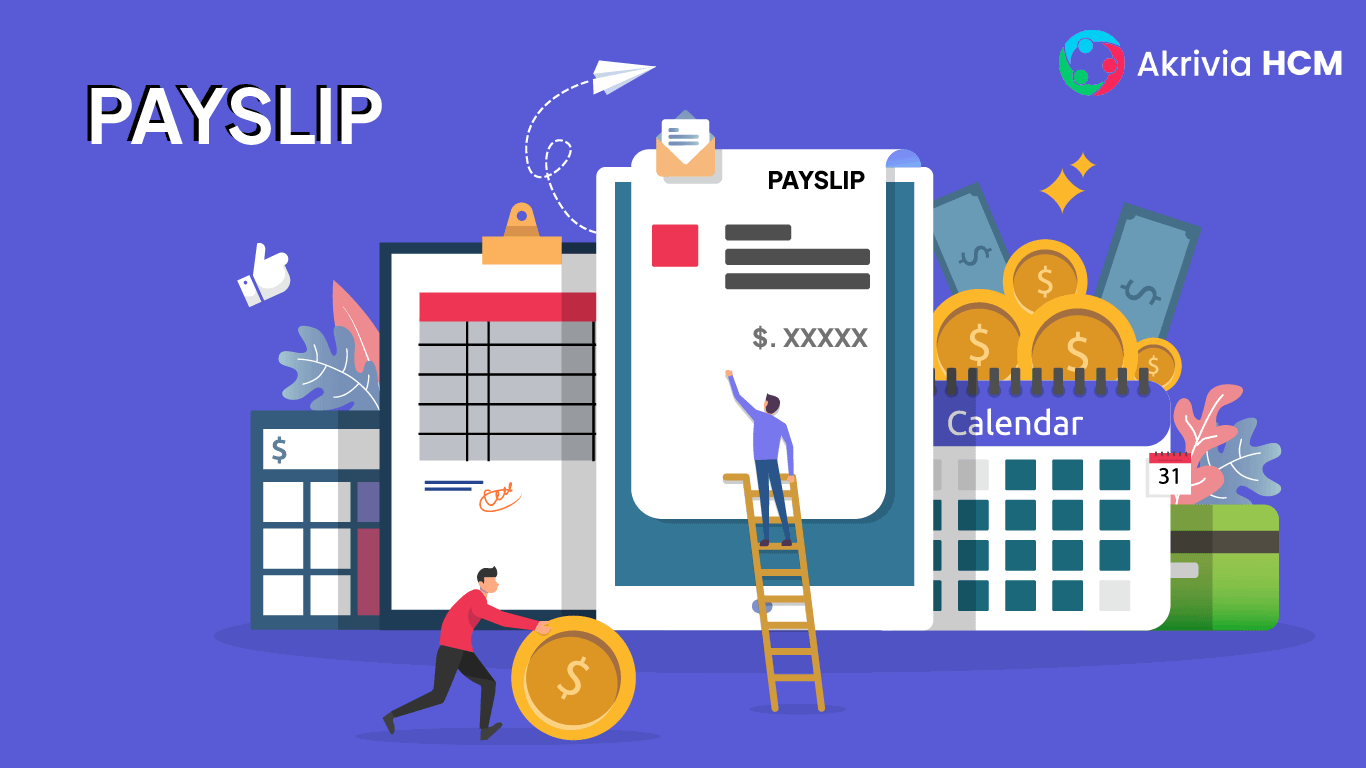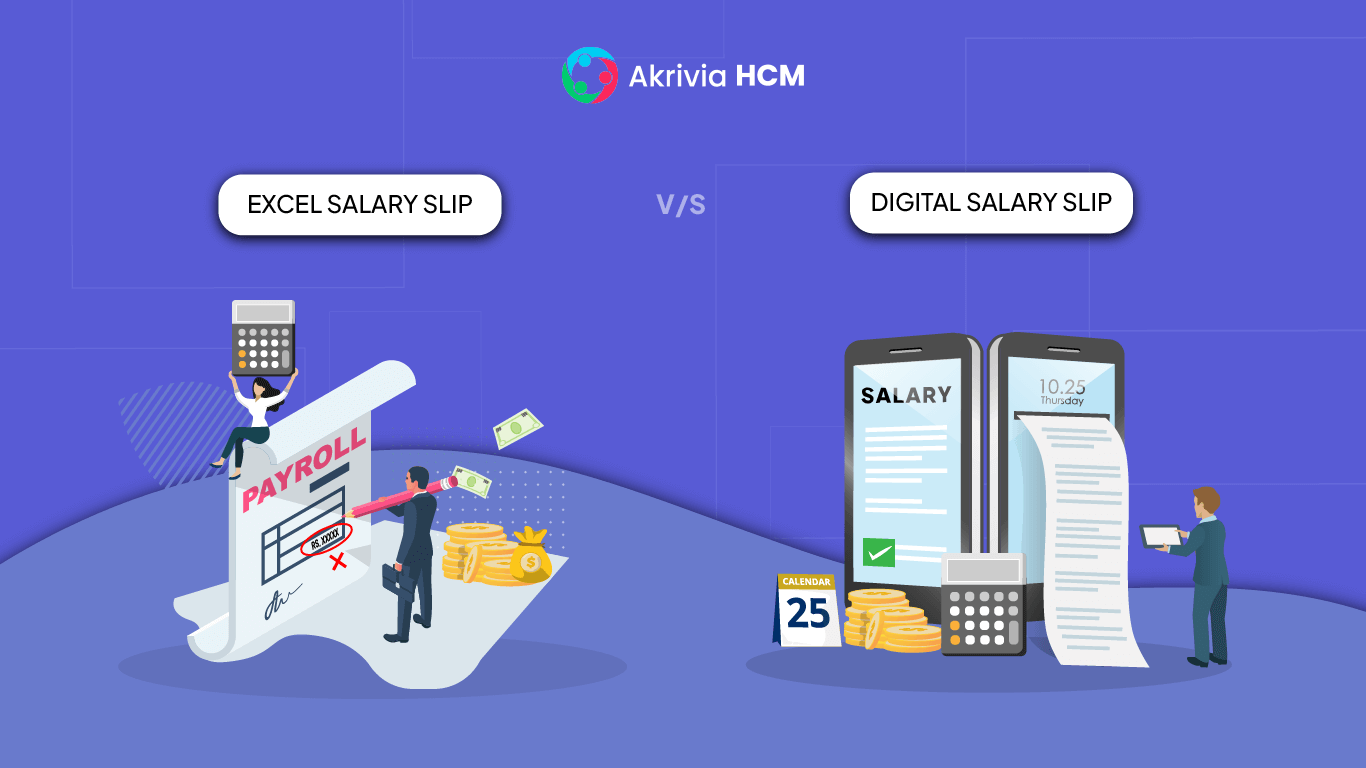
A payslip is a document that an employee receives from their organization with their monthly salary. All important elements and details about the monthly salary are covered here, like:
A salary slip may be a conventional, physical paper-based document or a digital one duly mailed to an employee. Employers must periodically provide a salary slip to their employees as proof of the salary paid to them, and the deduction carried out thereof.
Every business follows its prescribed salary slip format, but its essential components will mostly remain the same. Here are the common components:
A salary slip displays various essential components of an employee’s salary like:
Example
Let us understand the essential salary components with the help of an example. Suppose Mrs Thompson’s CTC is Rs. 7,00,000. This is the breakdown of her cost to the company (CTC):
The Gross Salary refers to the amount before taxes, and other charges are deducted. But, it comprises any bonus, overtime, etc. Therefore, Mrs Thompson’s gross salary is Rs. 7,00,000 – 21,600, i.e.Rs. 6,78,400. This amount is used to calculate the net pay.
The importance of a payslip to an employee cannot be understated. It helps in:

There are many reasons to change from manual to digital salary slips with the help of cutting-edge payroll software:
We are in the middle of the most profound digital revolution transforming how everyone lives and works. Digital payslips are an essential part of the way forward. It, therefore, makes sense to leverage new-age tools from highly regarded payroll software, like Akrivia HCM. Doing so will save costs and time for the HR department and make the salary disbursal process more efficient.
Let’s Recruit, Reward, and Retain
Your Workforce Together!
